We also awoke by 4:30 AM, just before dawn, and boarded our van for the 30-min. drive to Brgy. Malabor in Tibiao. Here, we were to try our hand at lambaklad fishing, a one-of-a-kind experience. Part of the package (which includes swimming in 7-tiered falls, cliff-diving, kayaking, river trekking and relaxing in Tibiao Fish Spa) of Tibiao Adventures, it was conceptualized and operated by Mr. Flord Nicson J. Calawag of Katahum Tours to promote Tibiao’s tourism treasures as well as provide livelihood and a ticket to a better life for the town’s fishermen who are no match to purse seiners.
The lambaklad, a huge stationary fish trap (one of the largest in the country), is derived from the Filipino words lambat (meaning “net”) and baklad (meaning “corral”). It is the Filipino equivalent of the Japanese’ otoshi-ami (literally translated as a “drop-in net”), stationary and passive fishing gear that also acts as a buffer against the incursion of large commercial fishing vessels in municipal waters.
When we arrived at the shore for our “fishing expedition,” the first lambaklad, loaded with students from U.P. Visayas (Miag-ao, Iloilo) on a field trip, had already left and were already 50 m. shore when we boarded the second one, together with the remaining students, waiting for our arrival. Our 50 m. wide and 200 m. long, double-decked bamboo raft, like the first one, was manned by a 20-member buso (fishing crew), led by two maestros. Two row boats are also used in the fishing operation.
The raft, which can accommodate 100 persons or approximately three tons, consists of four main parts – the leader, playground, the inner and outer slopes, and the bag. The leader, which blocks the path of the school of migratory fish, leads them to the playground. From the playground, the fish enters the outer slope, via pointed nettings and, as the fish passes through the slope, it enters to the inner slope (or non-return valve), dropping into the bag where they are trapped and hauled for the catch.
The coast off Malabor, particularly in the Cuyo East Pass in its western border, is along a tuna highway where migratory fish can get caught in the lambaklad. The students in first raft were, together with the crew, helping haul the fishing net now loaded with yellow fin tuna, mackerel, moonfish, barracuda, squid and red tail scads wriggling and tossing around the raft.
The early morning’s catch were brought to shore by the fishermen and some of fish were grilled for our breakfast which we all had by the shore. Aside from the grilled fish, we also had scrambled eggs, grilled eggplant and steamed rice plus coffee. What a way to start the day!
On regular tours, tourists who join the expedition are given first priority in buying the catch at very low prices ranging from PhP60 to PhP150 per kilo, depending on the species, with the first-class varieties (malasugi, tuna, tangigue) commanding higher prices. If they decide not to buy, there’s always the fish vendors and retailers, waiting at the pier, who can buy it from the fishermen. From the proceeds from the catch, one-third of the share goes to the fishermen and two-thirds to the management that assumes all the material and operational expenses.
Katahum Tours: Tibiao, Antique. Mobile numbers: (0919) 813-9893 and (0917) 631-5777. E-mail: flord@tibiaofishspa.com. Website: www.katahum.com.
How To Get There: Tibiao is located 73 kms. from San Jose de Buenavista, 12.6 kms. from Barbaza, 17 kms. from Culasi and 89 kms. from Brgy. Caticlan (Malay, Aklan).

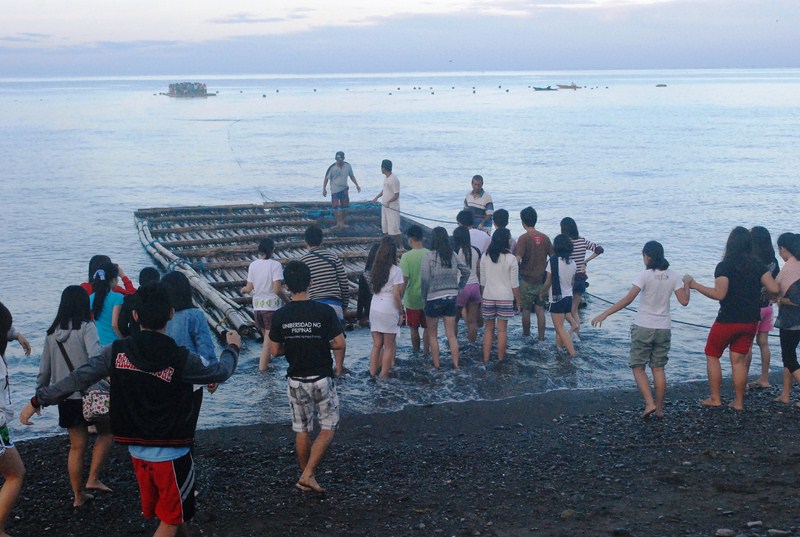
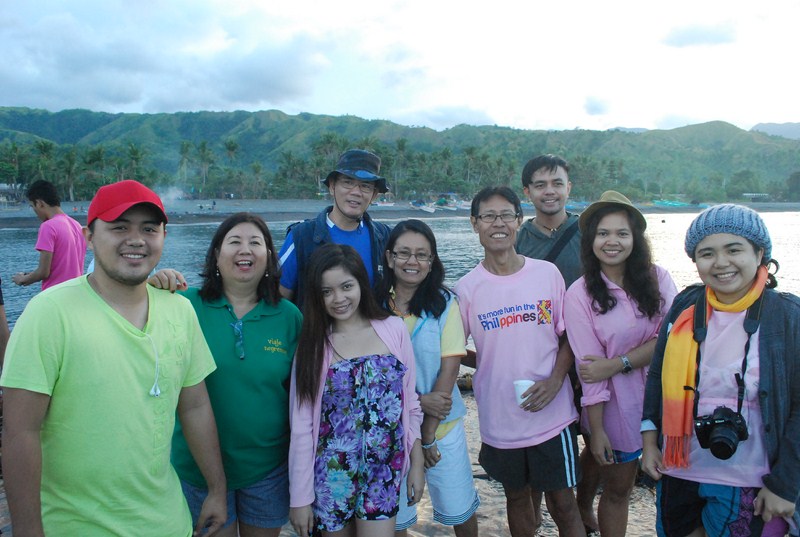
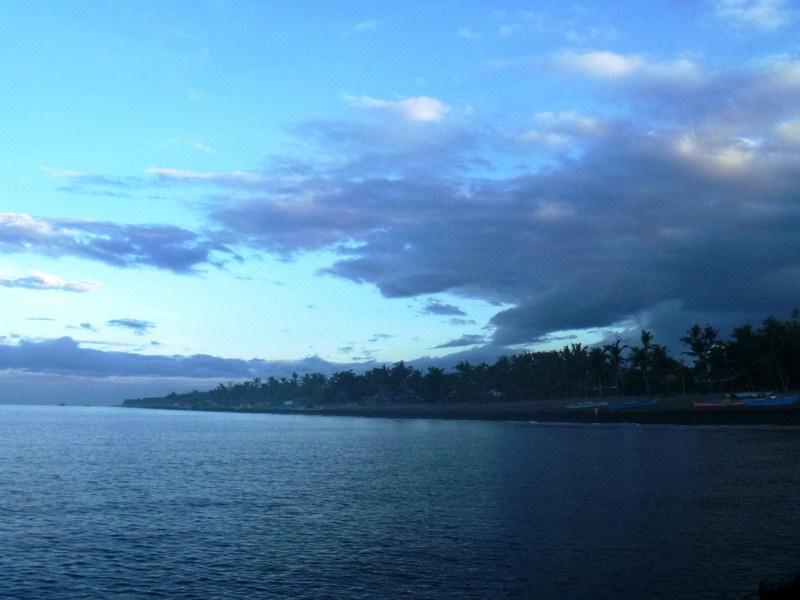
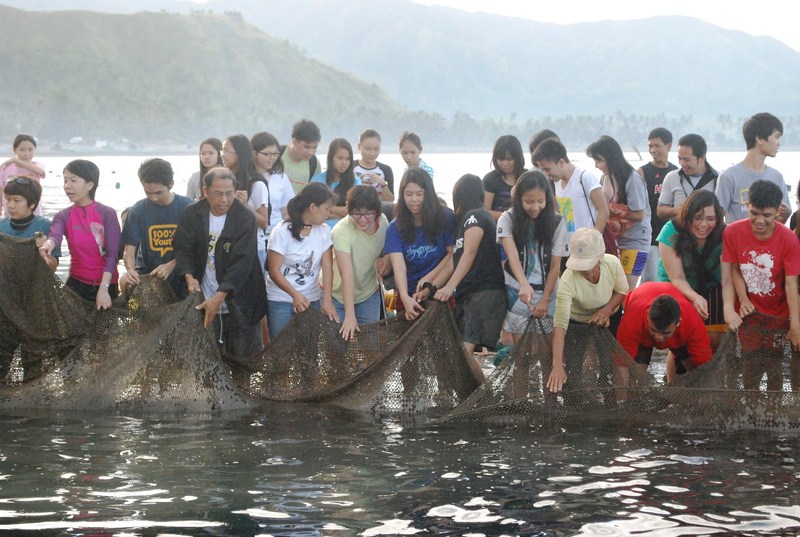
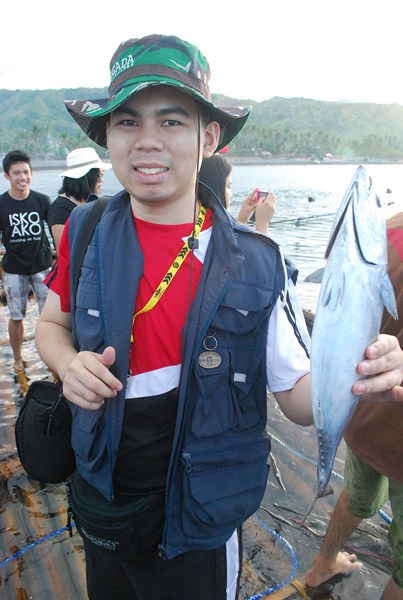
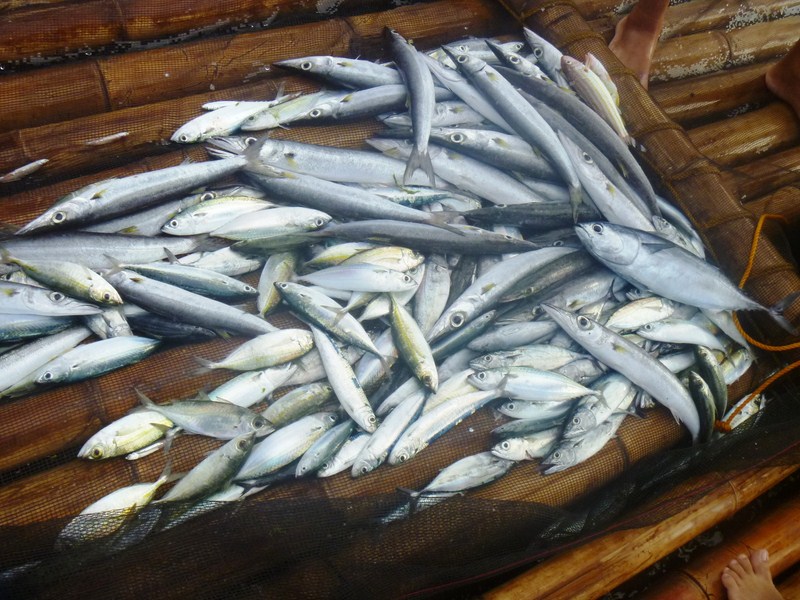
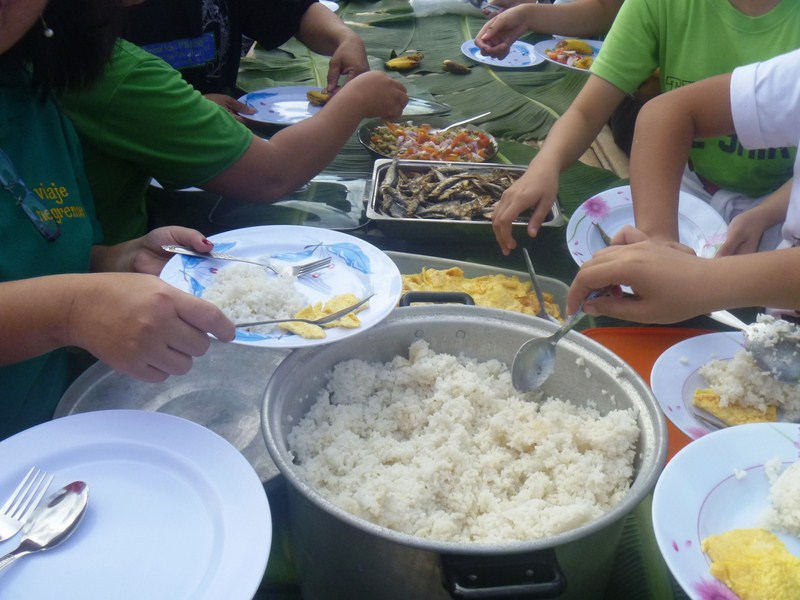
I want this kind of travel and food trip, hope to try when time permits,
I will refer you to Mr. Flord Nicson Calawag next time he initiates another media familiarization tour of Antique. The succeeding blogs will open your eyes to the beauty as well as the eco-tourism opportunities this province offers. Truly an eye opener.
May I know the Program of Work for Lambaklad Project. Thanks much
Please contact tour organizer Mr, Flord Nicson J. Calawag for tour details. Mobile numbers: (0919) 813-9893 and (0917) 631-5777. E-mail: flord@tibiaofishspa.com.